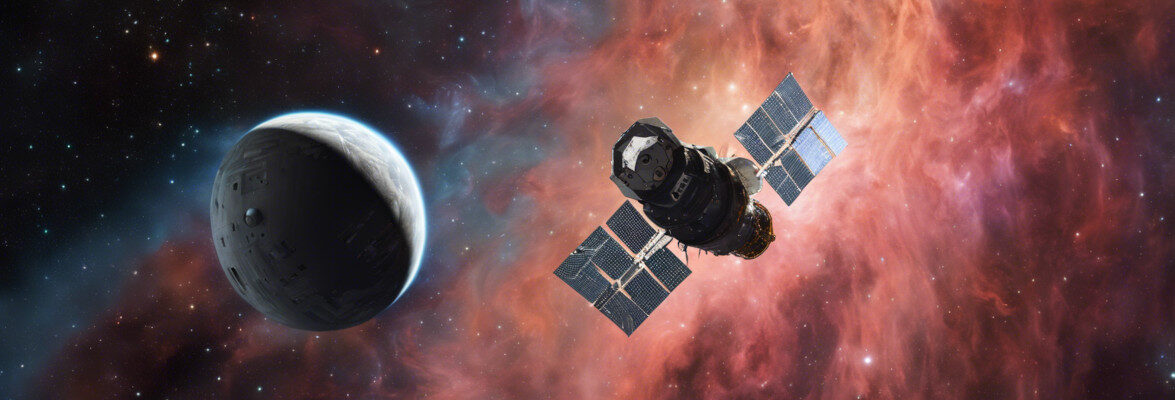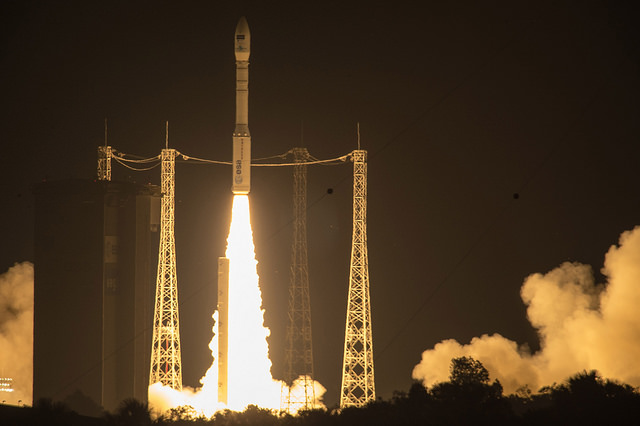
The Asteroid Day is born to raise public awareness about the asteroid threat
Today marks the first Asteroid Day, a day dedicated to raising public awareness about the potential danger posed by asteroids and any space object whose trajectory passes through the Earth’s orbit. The date was chosen because it’s the anniversary of the Tunguska event, the destruction of a large area of Siberia that took place on June 30, 1908 due to the impact of a meteorite or a piece of comet.





